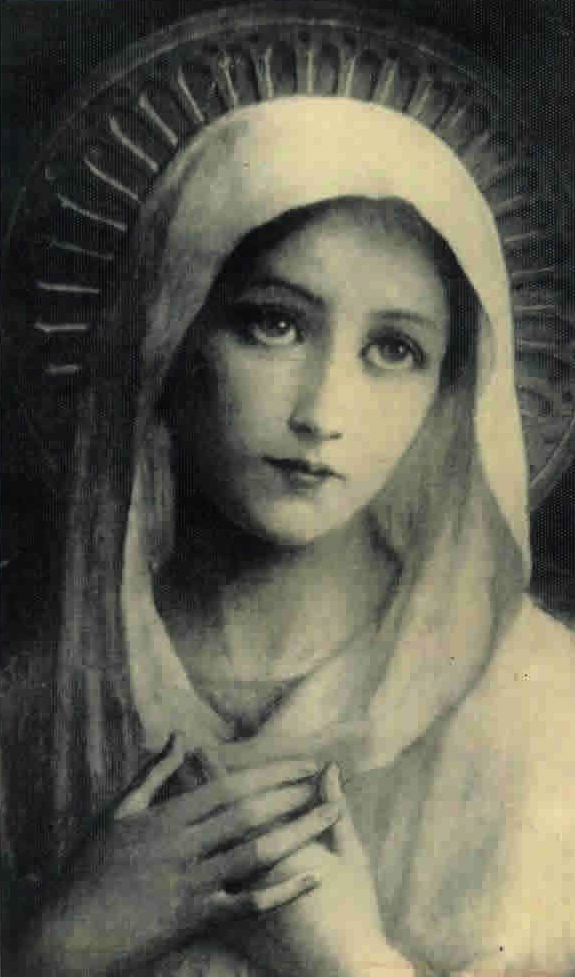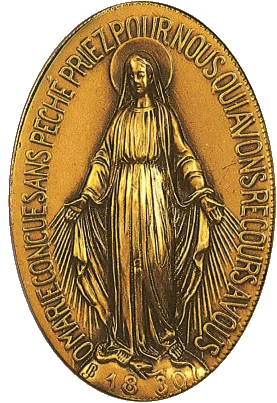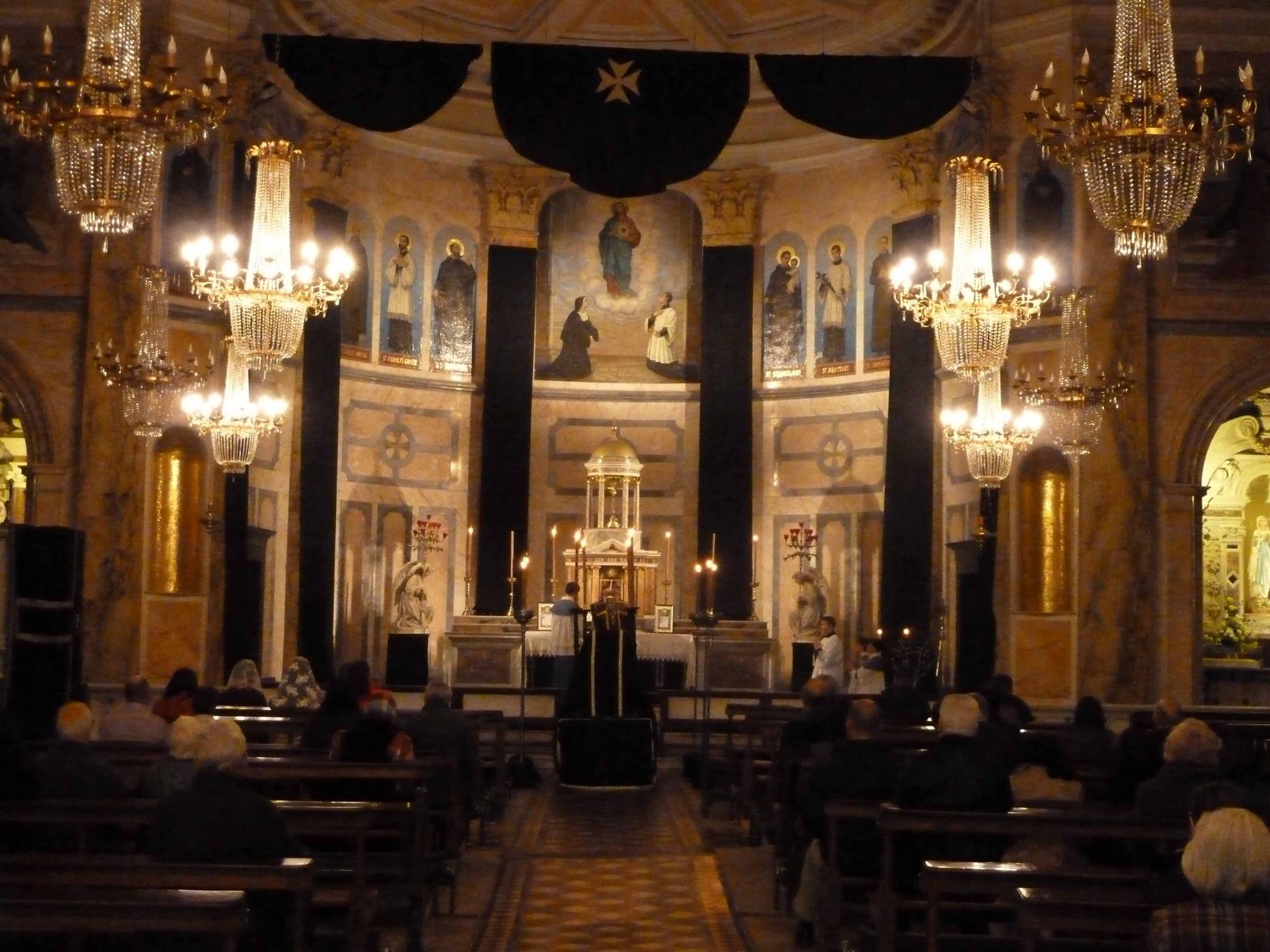
Dear Reader, some very personal notes here …
Regular readers will readily see that in recent weeks, this website has become very Marian indeed …
And this Marian shift stems from a crisis, both personal and global.
For several weeks ago, looking out at the global crisis, something broke down in me.
Looking out at the tragic divisions in our world (just, for example, between the Vatican and the SSPX) I heard myself crying out: ‘Who can I trust if not Our Lady …?!’
And thus I have felt myself ever more guided to the great Marian Apparitions of the modern era.
Now, taken together, certain great themes leap out from the ensemble of these great Marian Apparitions …
For example, one very clear message is the call to prayer: Whether it is Pontmain, Lourdes or Fatima, Our Lady continually begs us to pray …
But another great theme is the terrible sadness that Our Lady expresses about the state of humanity.
Expresses: she does not hide it away, but shows herself openly weeping – visibly, bodily weeping.

We have remarked at this in some length in a collection of pieces now going up in regard to La Salette (see for example, my afterword to this piece here).
But we will be saying much more at this website.
Because it is a strange thing how, as the years pass, the most obvious, apparent things become only more obvious, more apparent.
Thus, for many years, I have worn around my neck the Miraculous Medal.
And years ago, I was given the Grace of praying by the altar in the Rue du Bac Paris, where Our Lady gave the Miraculous Medal.
This is to say that – in one sense – the Message of Our Lady of Paris has long been apparent to me. I have worn the medal with faith and I made the pilgrimage to the Rue du Bac.
And yet Her message was not really apparent; only now it becomes ever more apparent …
For many years, the crisis of humanity has weighed on me (at least a little).
And if the crisis of humanity – which is to say the suffering and the sin of humanity – can weigh on one’s own hardened heart (at least a little) there is a question that naturally presents itself to the Catholic of Faith.
That question is this: how immeasurably more that immeasurable softness of Her Immaculate Heart must be burdened – in comparison to one’s own tiny hardened heart.
Yes, all this has been apparent to me for years …
And yet, the obvious and apparent only becomes ever more obvious and apparent, while pondering these great Marian Apparitions of post-revolutionary times.
This is to say: since the French Revolution of 1789 undoubtedly broke Our Lady’s Heart and since Our Lady began to respond to the crisis which started in France by appearing repeatedly in Nineteenth Century France: in Paris, in the Rue du Bac (1830) on the holy mountain of La Salette in 1846, to the child Bernadette at Lourdes (1858), to the children of Pontmain (1871) – and perhaps to Estelle Faguette at Pellevoisin in 1875.
Yes what was obvious before – that Our Lady weeps for our post-revolutionary epoch – only becomes more obvious, more penetrating.
And there will be more to say about these post revolutionary Apparitions, including Fatima.
But we will not speak of Fatima yet. More time is needed for pondering how to approach Fatima …
For now, we shall only ponder a little more on Pontmain – and on how that immeasurable softness of Her Heart becomes apparent, in reading the words of Joseph Barbedette, one of the children who beheld the Blessed Virgin at Pontmain.
For at this website, we have presented an account of Pontmain by Bernard St John. And Bernard St John not only recounts how Our Lady appeared at Pontmain, he also includes the words of Joseph Barbedette, the boy who beheld the Blessed Virgin and who later became a Priest and spoke as the Reverend Joseph Barbedette …
Allow me then, dear Reader, to re-present these words from both Bernard St John and the Reverend Joseph Barbedette, which speak so piercingly to the Tears of the Blessed Virgin …
The figure that held the crucifix, and which all present by this time regarded as representing beyond a doubt the mother of the Crucified, seemed to be joining in the supplications rising from below.
Her eyes, cast down, were fixed upon the cross, and the children could see her lips move as if in entreaty.
Her countenance, which during the greater part of the time that the Apparition had lasted had been irradiated by the most beautiful of smiles, now wore an expression of poignant sadness.
On this subject the Rev. Joseph Barbedette says: “She shed no tears, but the sadness depicted on her face was such as to defy description.
When, a few months later, my father was stricken by death, I saw my mother under the influence of an all-absorbing sorrow. It is easy to conceive the impression that such a sight was calculated to make on a child.
Nevertheless, I remember that my mother’s sorrow seemed to me as nothing compared with that I had seen depicted on the face of the Blessed Virgin (on the night of January 17th, 1871), the remembrance of which came naturally to my mind at that time [Italics mine].
